On this page, you can expect to find a comprehensive list of brewing beer vocabulary terms. You will also find links to games, flashcards, and other resources to help you master the terminology associated with brewing beer. Dive into the world of brewing with these helpful tools and resources!
Brewing beer is a fascinating process that involves combining water, malted barley, hops, and yeast to create a delicious and refreshing beverage. The first step in brewing beer is mashing, where the malted barley is mixed with hot water to extract sugars. Next, the mixture is boiled with hops to add bitterness and aroma. After boiling, the wort is cooled and yeast is added to initiate fermentation. During fermentation, the yeast consumes the sugars and produces alcohol and carbon dioxide. Finally, the beer is conditioned and carbonated before being packaged and enjoyed by beer enthusiasts around the world.
Practice & Reinforce Your Learning
Brewing Beer Vocabulary List
Ingredients
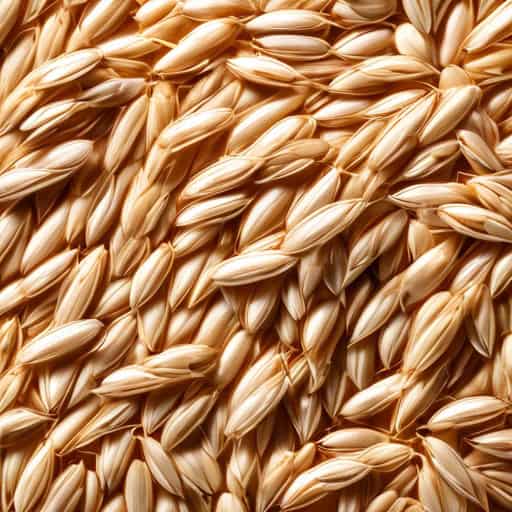
- Barley is a key ingredient in brewing beer, adding a unique flavor profile to the final product.
- Farmers often grow barley in large quantities to supply the brewing industry with this essential grain.
- The malted barley undergoes a process of steeping, germination, and kilning before being used in the brewing process.
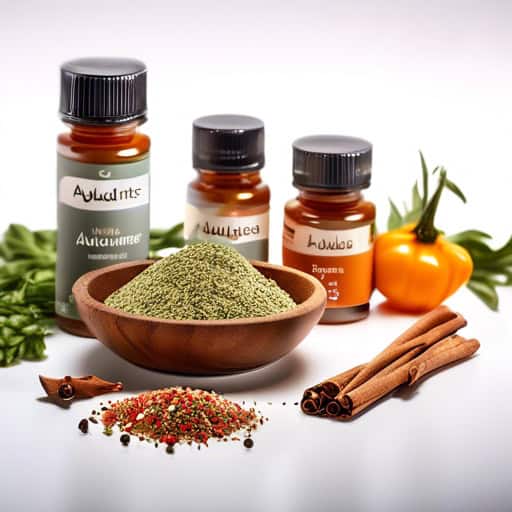
- The brewmaster carefully selected a variety of adjuncts, such as fruit purees and spices, to create a unique and flavorful beer.
- Adjuncts like corn and rice are commonly used in brewing to lighten the body of the beer and add fermentable sugars.
- Craft breweries often experiment with different adjuncts to push the boundaries of traditional beer styles and create innovative flavor profiles.
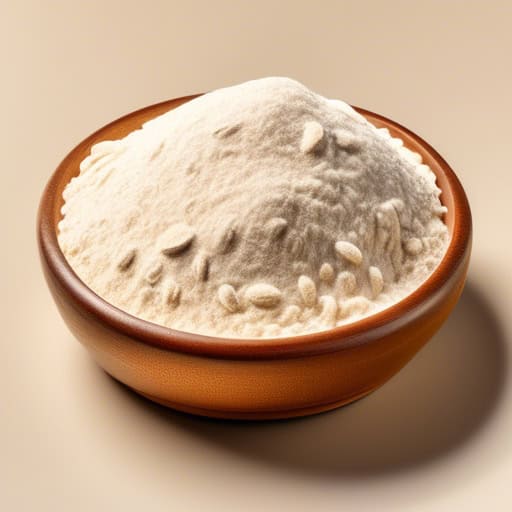
- The yeast added to the wort will start to ferment and produce alcohol.
- Fermentation can take several days as the yeast works to convert sugars.
- Different strains of yeast can produce unique flavors in the final beer product.

- The brewery uses filtered water from a local source to ensure the quality of their beer.
- After the water is heated, it is mixed with the malt to create the wort, the liquid base for fermentation.
- The amount of water used in the brewing process is carefully measured to achieve the desired flavor and alcohol content.
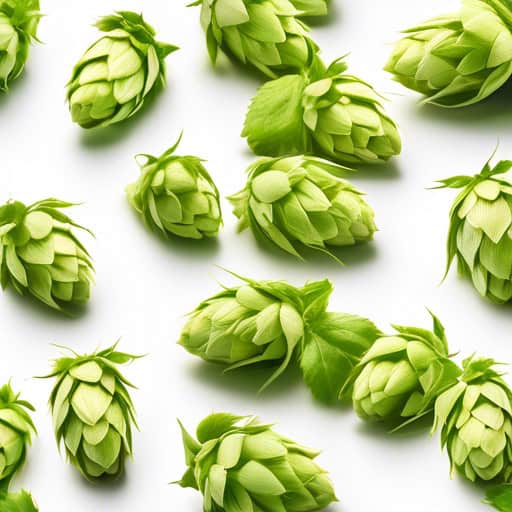
- The brewer carefully selected a variety of hops to create a unique and complex flavor profile in the beer.
- The aroma of fresh hops filled the air as the beer was poured into a glass.
- The hops gave the beer a pleasant bitterness that lingered on the palate after each sip.
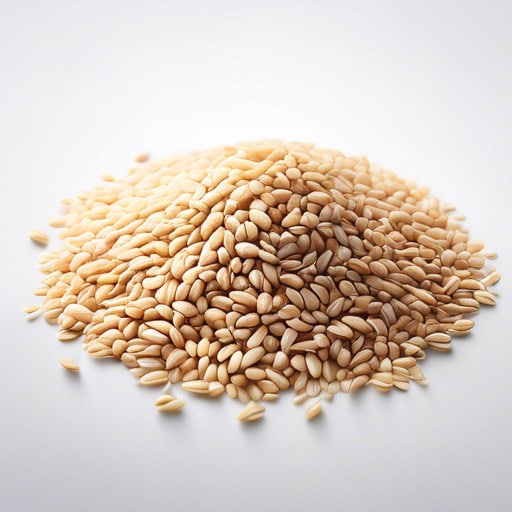
- The brewery sourced the finest grains to use in their craft beers.
- The malted barley and wheat grains added a rich flavor profile to the beer.
- The brewmaster carefully selected a blend of grains to create a unique and balanced brew.
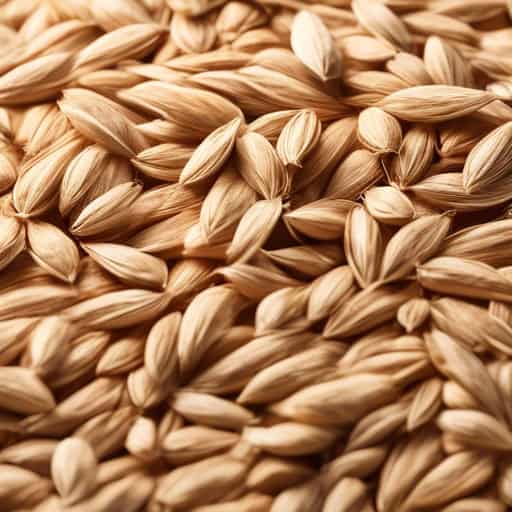
- The malt used in this beer gives it a rich, toasty flavor.
- The brewery sources its malt from local farmers.
- The malting process is essential for creating the sugars needed for fermentation.
Equipment
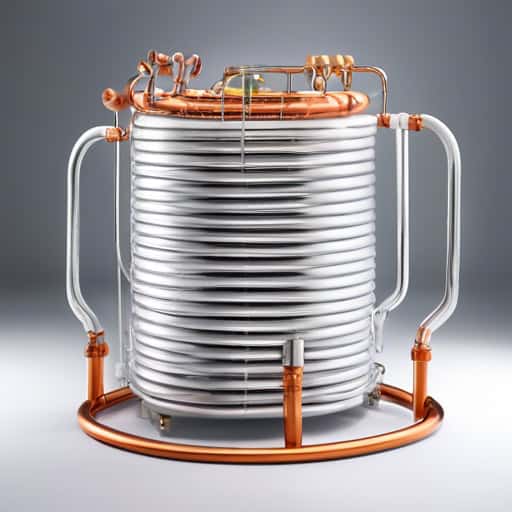
- I just invested in a high-quality stainless steel wort chiller for my homebrew setup.
- Using a wort chiller has drastically improved the clarity and flavor of my homemade beers.
- Don't forget to sanitize your wort chiller before using it to avoid any contamination issues.
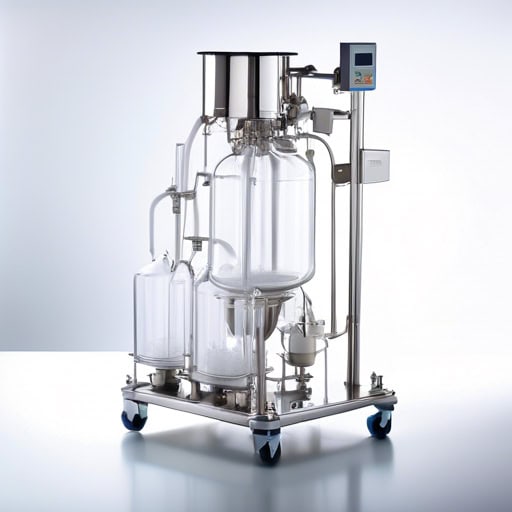
- The brewery invested in a new yeast propagation system to improve the quality and consistency of their beer.
- The yeast propagation system allows for precise control over the fermentation process, resulting in a more flavorful brew.
- By using a yeast propagation system, the brewery can save time and resources by reusing yeast cultures for multiple batches of beer.

- The brewery purchased a new stainless steel mash tun to increase production capacity.
- The mash tun was carefully cleaned and sanitized before each brewing session.
- The brewmaster inspected the mash tun to ensure it was properly heating the water to the correct temperature for mashing the grains.
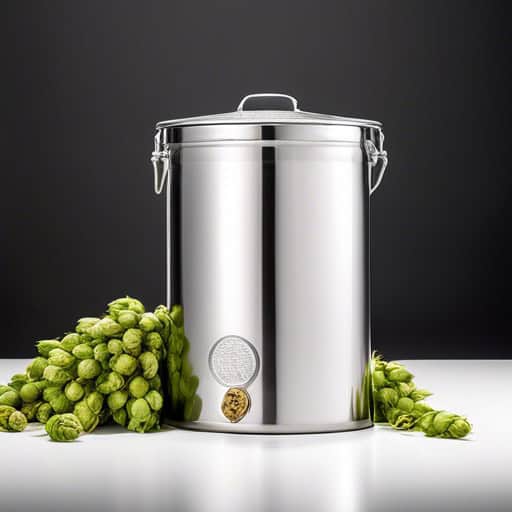
- The hop spider is an essential tool for homebrewers to achieve better hop utilization in their beer.
- Many commercial breweries also use hop spiders to keep their brewing process efficient and consistent.
- Cleaning the hop spider after each use is crucial to prevent any buildup of residue that could affect the flavor of the beer.
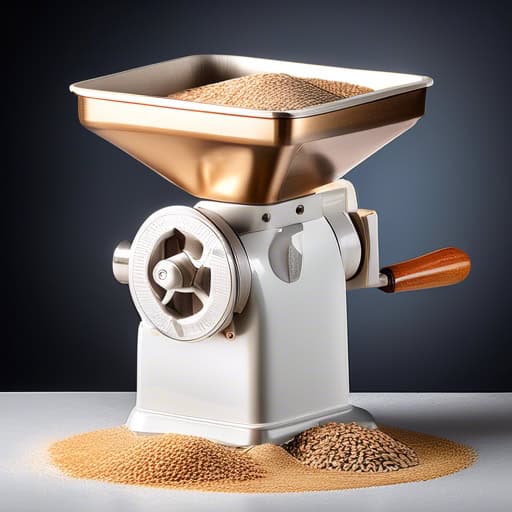
- The grain mill at the brewery was constantly humming as it crushed the barley into fine grist.
- The old grain mill had been in operation for over a century, still working efficiently.
- The brewer adjusted the settings on the grain mill to produce a coarser grind for a special batch of beer.
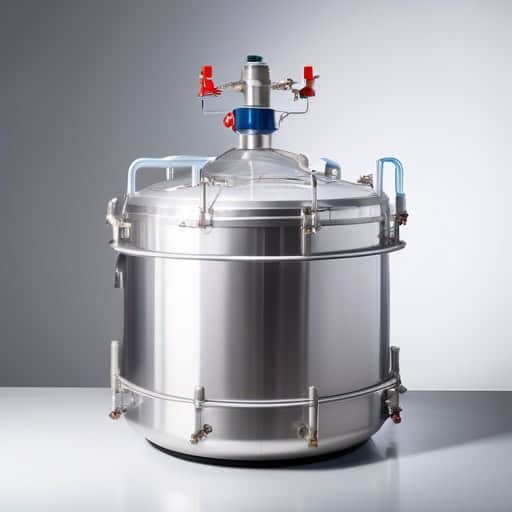
- The fermentation vessel is where the magic happens in beer brewing, as the yeast converts sugars into alcohol and carbon dioxide.
- After the wort is transferred into the fermentation vessel, it is sealed and left to ferment for a specific period of time.
- The shape and material of the fermentation vessel can impact the flavor and quality of the final beer product.
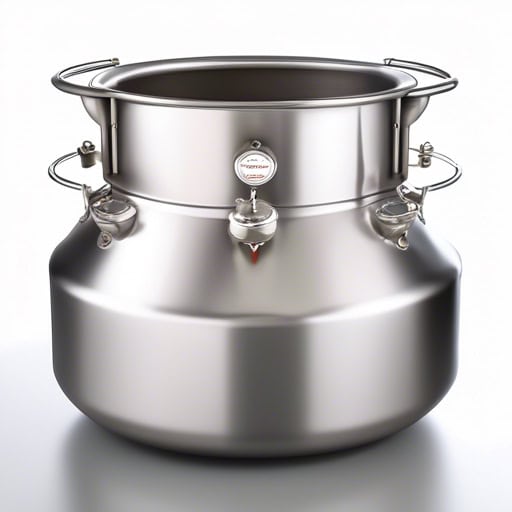
- The brew kettle was filled with water and brought to a rolling boil before adding in the hops and malt.
- After the boiling process was complete, the brew kettle was cooled down rapidly to prevent off-flavors in the beer.
- The brew kettle had a built-in spigot for easy transferring of the wort into the fermentation vessel.
Brewing process
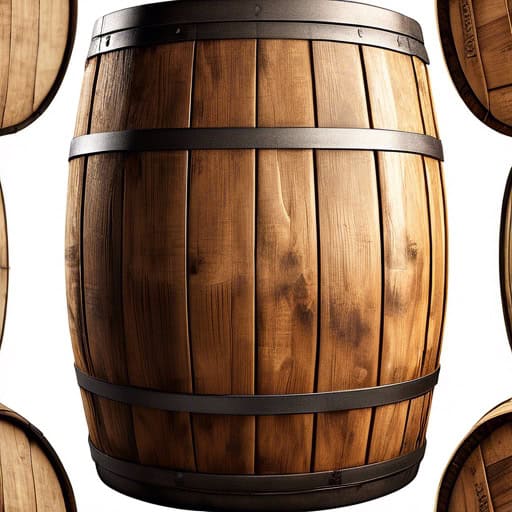
- The process of barrel aging imparts rich flavors of oak and vanilla to the wine.
- Barrel aging is a traditional method used to enhance the complexity and depth of spirits.
- The brewery prides itself on its barrel aging program, which produces unique and highly sought-after beers.
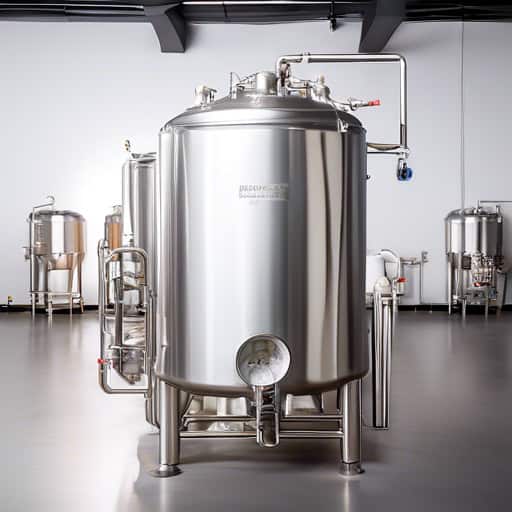
- Coolship brewing is a traditional method of spontaneously fermenting beer.
- Many craft breweries incorporate coolship brewing to create unique and complex flavors in their beers.
- The process of coolship brewing involves exposing the wort to open air to capture wild yeast and bacteria.
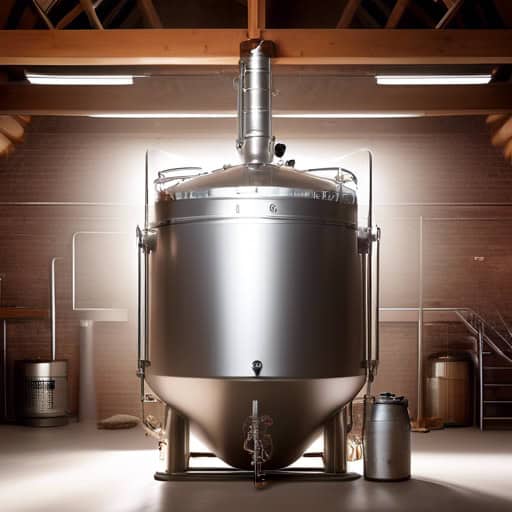
- During the brewing process, open fermentation allows wild yeast and bacteria to naturally inoculate the beer.
- Some breweries prefer open fermentation to create unique flavors and aromas in their beer.
- Open fermentation vessels are typically shallow and wide to maximize exposure to the surrounding environment.
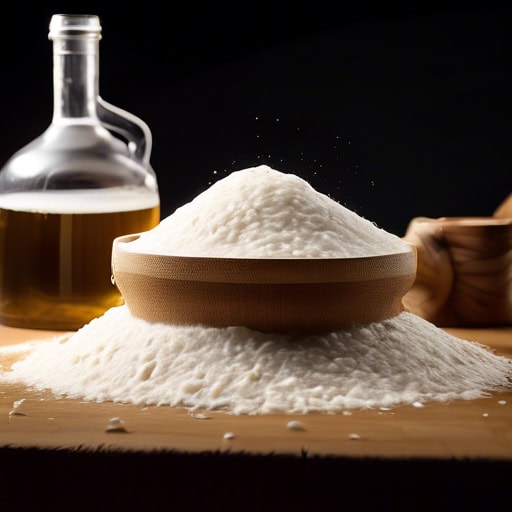
- The process of sour mashing involves fermenting a mixture of water, corn, and malted barley to create a distinct flavor profile in bourbon production.
- Some distilleries use a sour mashing technique to introduce lactic acid bacteria into the fermentation process, resulting in a more complex and tangy flavor.
- Sour mashing is a traditional method used in whiskey production that helps control pH levels and improve overall consistency in the final product.
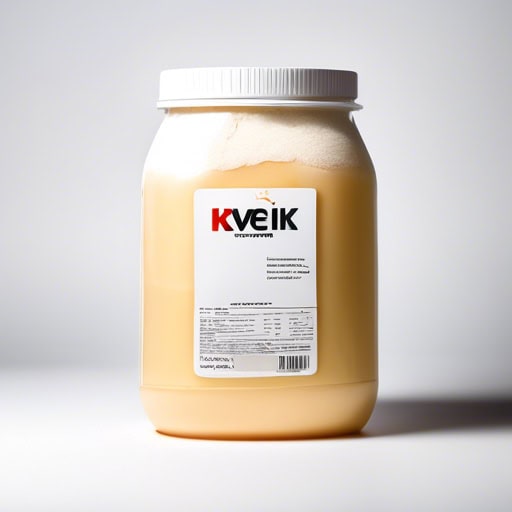
- During the brewing process, the use of kveik yeast fermentation can result in unique flavors and aromas in the beer.
- Many craft breweries have started experimenting with kveik yeast fermentation to create innovative and interesting beer styles.
- The rapid fermentation of kveik yeast allows brewers to achieve a quicker turnaround time for their beers, without sacrificing quality.
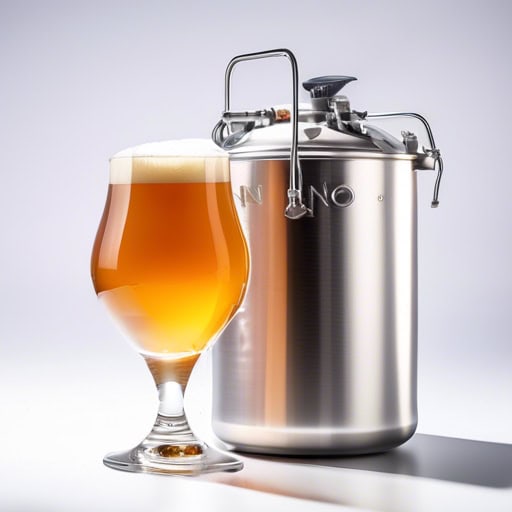
- No-chill brewing is a popular technique among homebrewers who prefer a simpler method for cooling wort.
- Some brewers believe that no-chill brewing can actually enhance certain hop flavors in the finished beer.
- Although no-chill brewing can save time and effort, it may not be suitable for all beer styles or recipes.
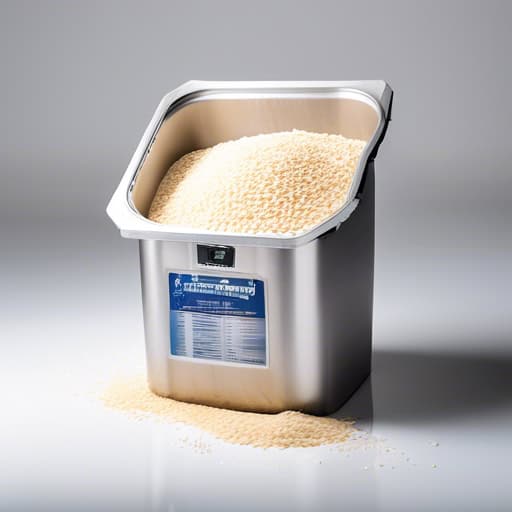
- Step mashing is a traditional method of brewing beer that involves raising the temperature of the mash in increments to extract different enzymes for fermentation.
- Many homebrewers prefer step mashing for its ability to create complex flavors in the final beer product.
- Some commercial breweries have moved away from step mashing in favor of simpler infusion mashing techniques for efficiency and consistency in production.
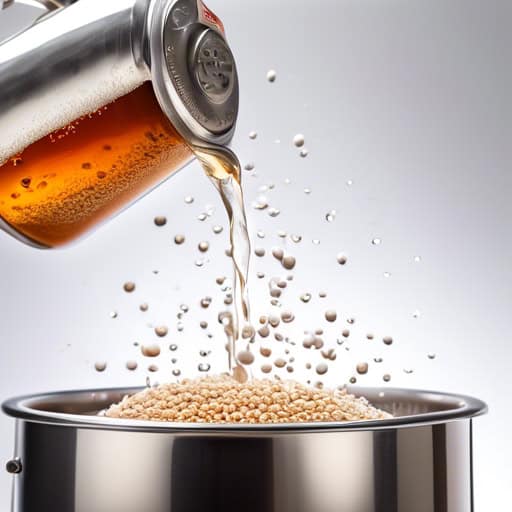
- During the brewing process, fly sparging is used to rinse the grains and extract sugars for fermentation.
- The brewer carefully monitors the flow rate of the water to ensure efficient fly sparging.
- Fly sparging is a common technique in all-grain brewing to achieve higher efficiency in extracting sugars from the grains.
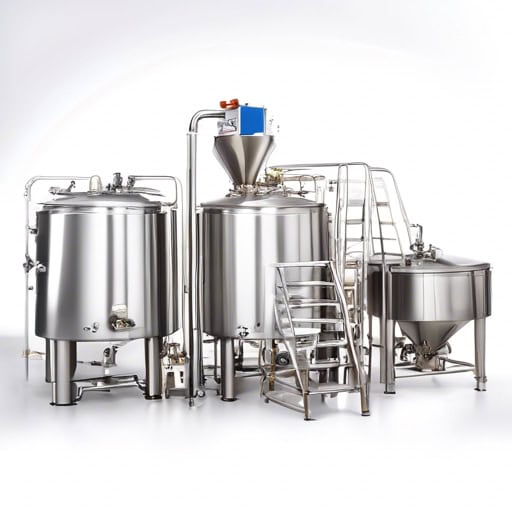
- After mashing, the homebrewer performed batch sparging to rinse the grains and extract more sugars.
- Batch sparging is a popular method used by many brewers to efficiently collect wort for brewing.
- The key to successful batch sparging is maintaining the correct water-to-grain ratio during each step of the process.
_9017.jpg)
- I recently started using the Brew in a Bag method for my homebrewing and it has made the process much more efficient.
- The Brew in a Bag technique allows me to easily extract all the flavors from the grains without the need for a separate lautering vessel.
- I love how easy it is to clean up after using the Brew in a Bag method - no bulky equipment to wash and store!
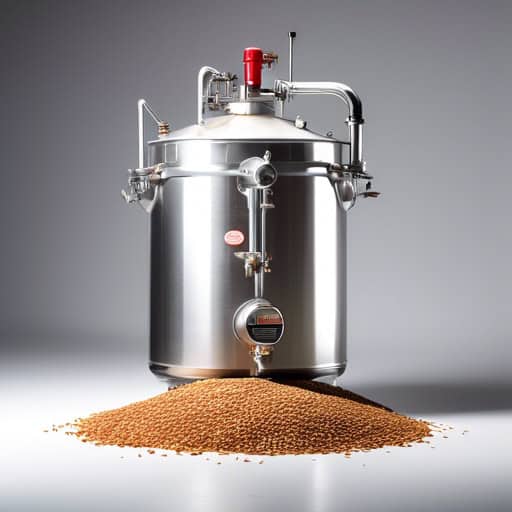
- I enjoy experimenting with different grains in my partial mash brewing recipes.
- Partial mash brewing allows me to have more control over the flavor profile of my beer.
- My friends always look forward to trying the unique creations that come from my partial mash brewing setup.
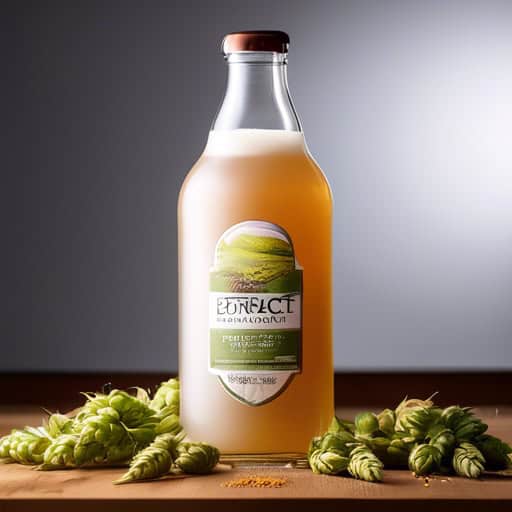
- Extract brewing is a popular method for homebrewers who want to make beer without the need for specialized equipment.
- Some breweries also use extract brewing as a way to experiment with new flavors and ingredients before committing to a full batch.
- Many beginners find extract brewing to be a great way to learn the basics of brewing without the complexity of all-grain methods.
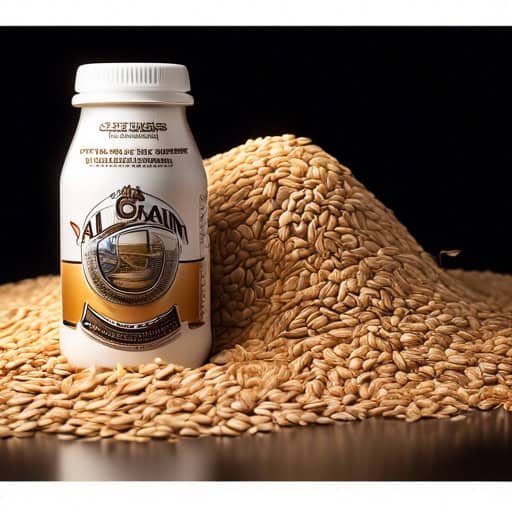
- All-grain brewing requires more equipment than extract brewing.
- The flavor profiles in all-grain brewing are often more complex and nuanced.
- Many homebrewers prefer all-grain brewing for its flexibility and creativity.
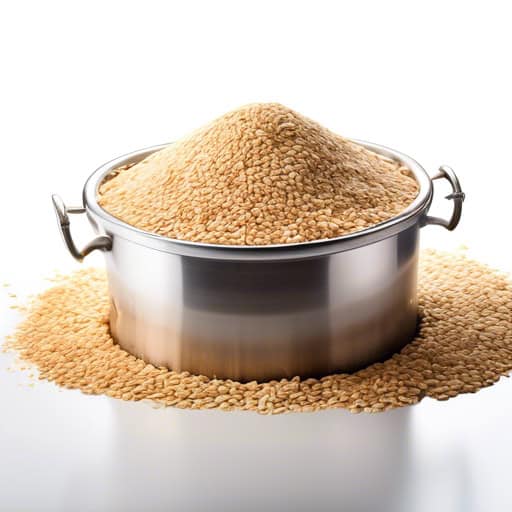
- Decoction mashing is a traditional brewing method that involves removing a portion of the mash, boiling it, and then adding it back to the main mash to raise the temperature.
- Many brewers believe that decoction mashing can help enhance malt flavors and create a richer, more complex beer.
- Although decoction mashing can be more time-consuming and labor-intensive than other mashing methods, some brewers swear by its ability to produce exceptional results.
Styles of beer
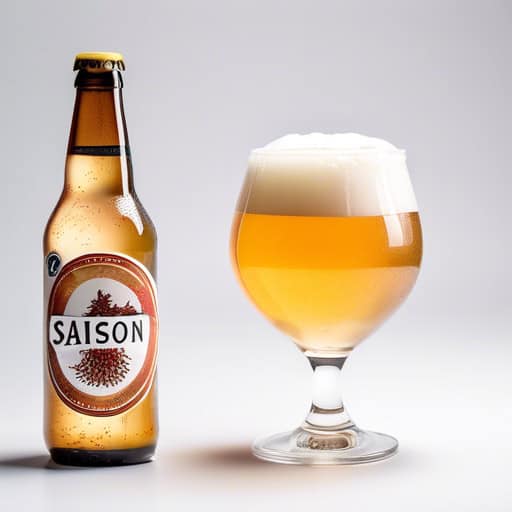
- I tried a new Saison at the local brewery and was impressed by its balance of fruity and spicy flavors.
- The Saison I had last night had a crisp finish and a hint of citrus that made it perfect for the warm weather.
- The bartender recommended a Saison to pair with my seafood dish, and the light and effervescent beer complemented the meal perfectly.
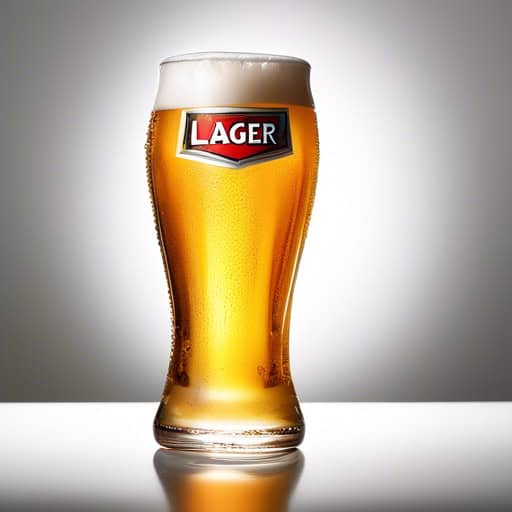
- I prefer to drink a cold lager on a hot summer day.
- The brewery down the street makes a fantastic lager that is always my go-to choice.
- After a long week, nothing beats relaxing with a pint of refreshing lager.
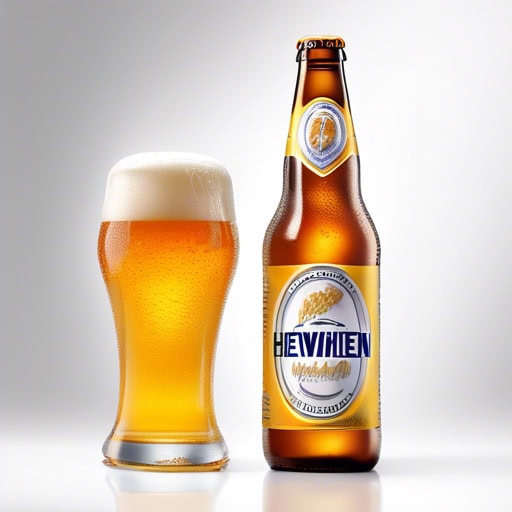
- I enjoyed sipping on a cold Hefeweizen while sitting outside on a warm summer evening.
- The Hefeweizen's fruity and spicy flavors paired perfectly with my grilled sausage.
- After a long day of hiking, nothing beats a tall glass of Hefeweizen to quench my thirst.
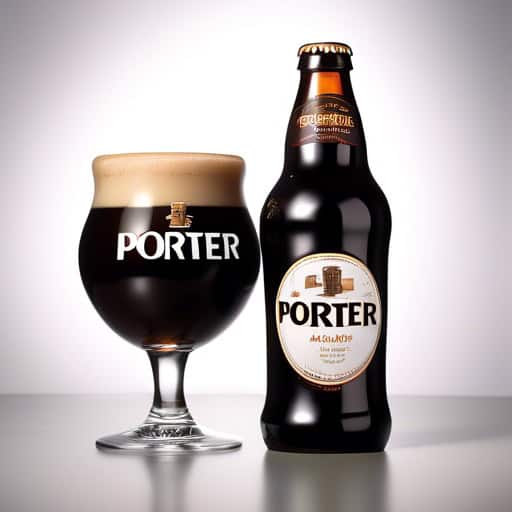
- I ordered a pint of rich and flavorful porter at the brewery.
- The porter had a smooth and creamy texture with hints of coffee and chocolate.
- My favorite brewery in town always has a great selection of porters on tap.
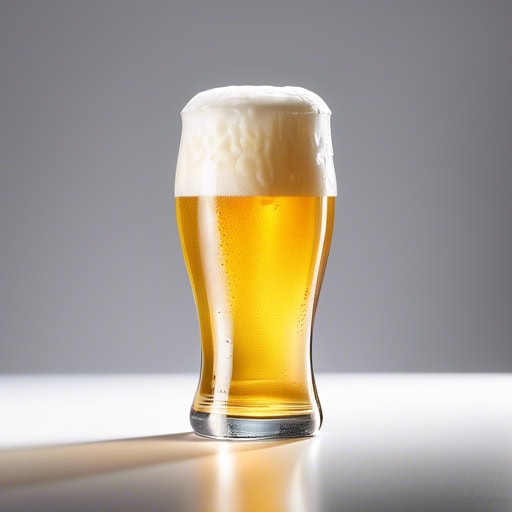
- I enjoy sipping on a cold Pilsner while sitting outside on a hot summer day.
- The Pilsner was perfectly balanced with a hint of hops and a refreshing finish.
- For a cookout, I always make sure to have plenty of Pilsner on hand for my guests to enjoy.
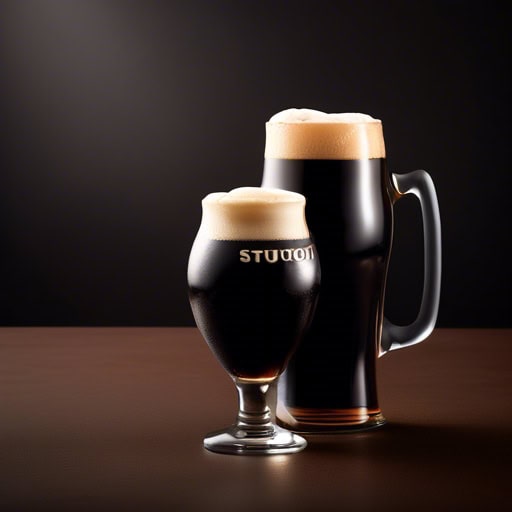
- He poured himself a glass of thick, creamy stout to enjoy after a long day at work.
- The brewery down the street is known for its award-winning stout that has a loyal following of beer enthusiasts.
- She savored the robust flavors of the stout as she relaxed by the fireplace on a chilly evening.

- I ordered a cold, refreshing IPA at the bar after a long day.
- His favorite type of beer is an IPA because he enjoys the bold taste.
- The brewery's newest release is an IPA that has been receiving rave reviews.
Brewing techniques
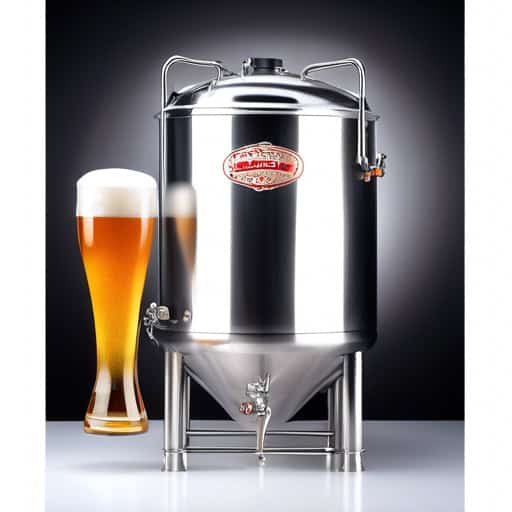
- The wort was slowly brought to a rolling boil to ensure proper extraction of hop flavors.
- The aroma of boiling wort filled the brewery, creating a warm and inviting atmosphere.
- After boiling for an hour, the wort was quickly chilled to halt the enzymatic reactions.
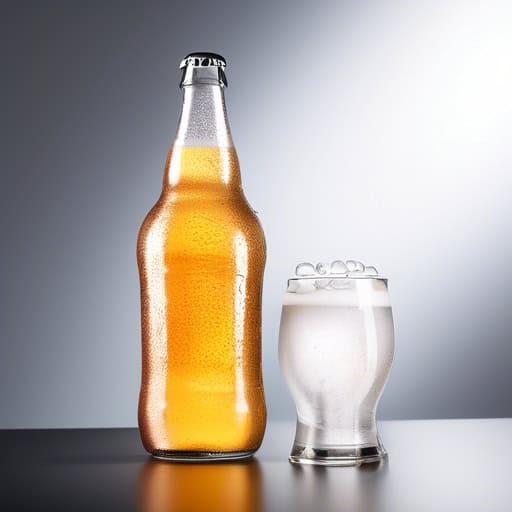
- The carbonation level in this beer is perfect, with just the right amount of fizz.
- I prefer my soda with extra carbonation for a more refreshing taste.
- The carbonation in this sparkling water is so intense, it almost tickles my nose.
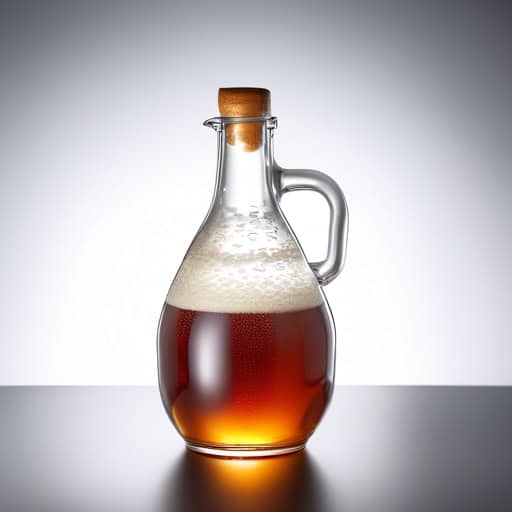
- During fermentation, the yeast in beer converts sugars into alcohol.
- Temperature control is crucial during fermentation to ensure the best flavors are developed.
- The length of fermentation can greatly impact the final taste and alcohol content of the beer.
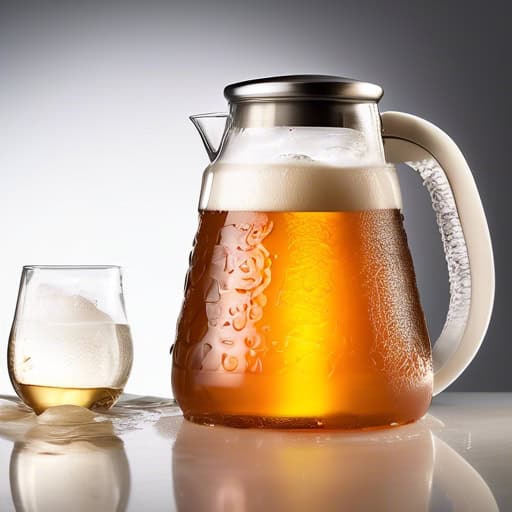
- The brewery experimented with kettle souring to create a tart and refreshing beer.
- Kettle souring is a popular method for achieving a quick and consistent sour flavor in sour beers.
- The sourness in this Berliner Weisse comes from kettle souring with lactobacillus bacteria.
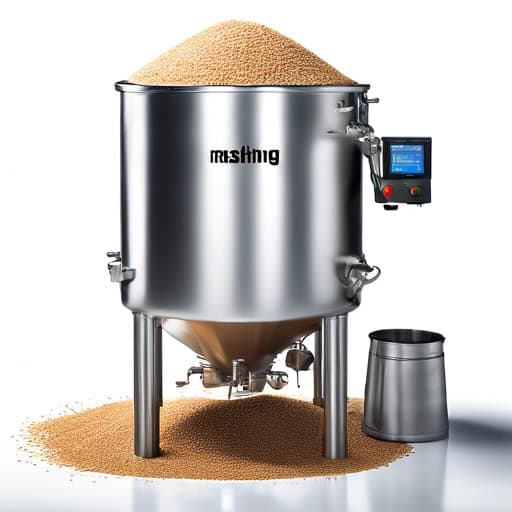
- After mashing the grains with hot water, the brewers added hops to the mixture.
- The mashing process is crucial in beer brewing as it helps to extract sugars that will later be fermented into alcohol.
- The mashing stage typically takes about an hour to complete before the liquid is drained off.
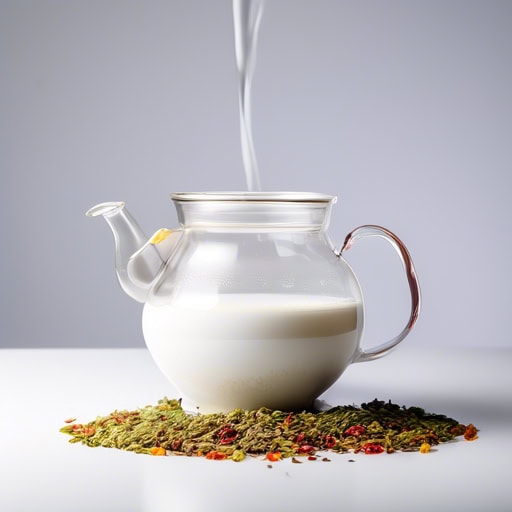
- After steeping the specialty grains for 30 minutes, the wort was ready for boiling.
- The aroma of the hops filled the room as they were steeping in the hot water.
- Steeping is an essential step in the brewing process to achieve the desired flavors in the beer.
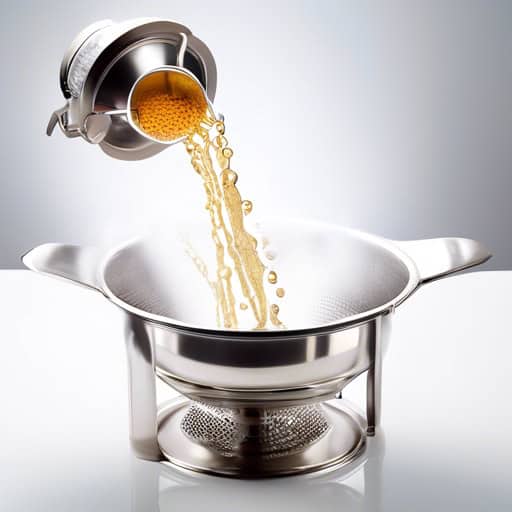
- The brewer spent hours straining the wort to ensure a clear and clean final product.
- The straining process in brewing is essential for achieving the desired flavor and clarity in the beer.
- After straining out the hops and grains, the brewer carefully transferred the liquid to the fermenter.
Quick Facts
- Brewing beer dates back to ancient civilizations, with evidence of beer production found in Mesopotamia as far back as 5,000 BC.
- The German Beer Purity Law, or Reinheitsgebot, was enacted in 1516 and dictated that beer could only be made with water, barley, and hops (yeast was later added to the list).
- The shape of a beer glass can impact the taste and aroma of the beer. For example, a tulip glass concentrates the aroma, while a wide-mouthed goblet allows for more air and releases more flavors.
- The craft beer movement has exploded in recent years, with over 7,000 craft breweries in the United States alone as of 2021.
- Beer can be brewed using a variety of different styles and methods, including lagers, ales, stouts, porters, and IPAs, each with its own unique flavor profile and brewing process.
